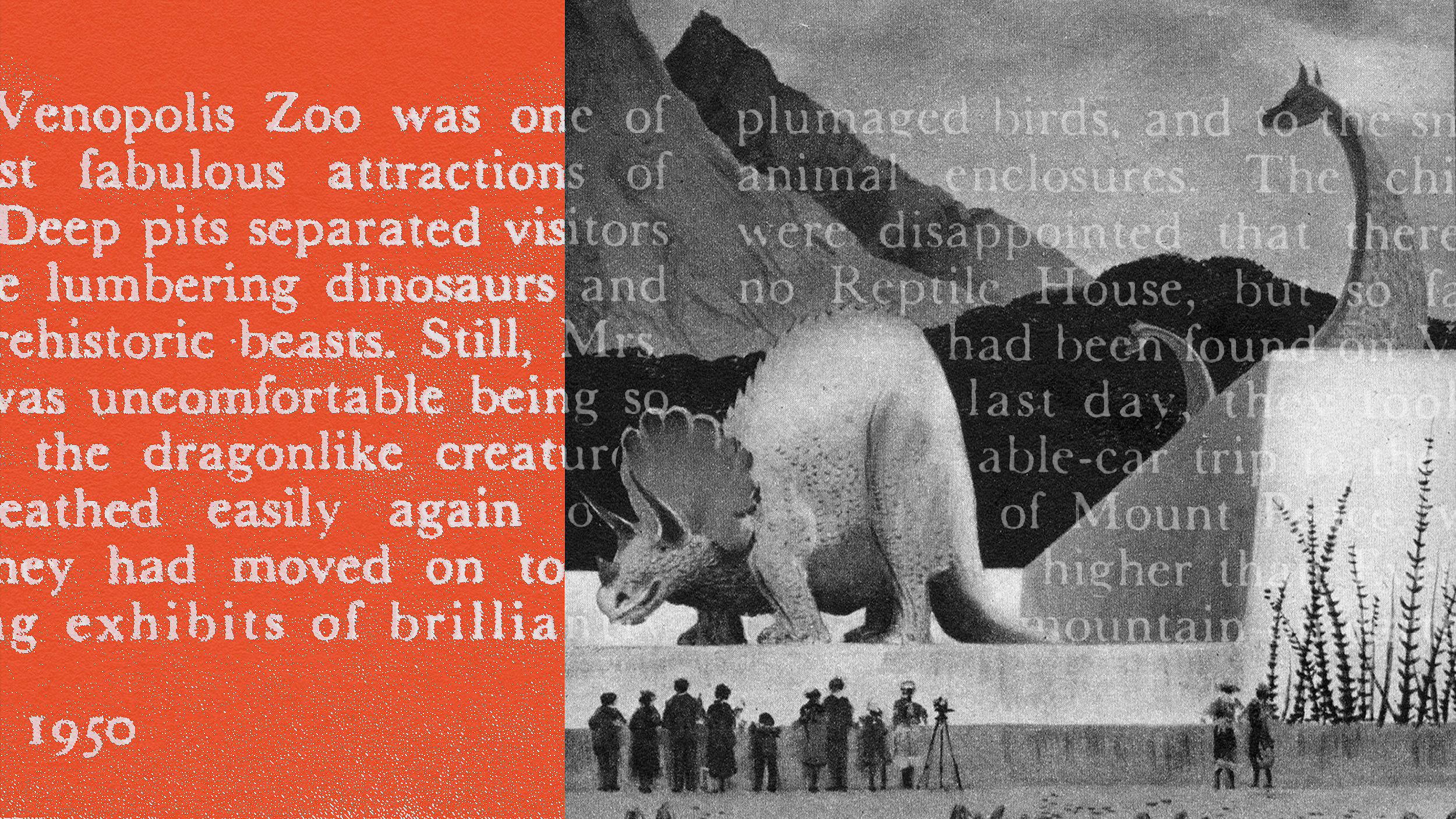No more pens wiggling across a piece of paper when an earthquake hits. These days, scientists are using “4-D seismology” to create a dynamic record of our volatile planet.
Question: What does the day-to-day work of seismology consist of?
Arthur Lerner-Lam: Well seismology is the study of earthquakes in the earth. There are two parts of seismology. One is to actually look in detail at the earthquakes themselves and the other is to use the earthquakes as a sort of light source for photographing or imaging the earth.
I mean imaging the earth is something that we sometimes call structural seismology, but very much like a CAT scan might get in a medical office. We use the waves generated by earthquakes to illuminate the internal structure of the earth. One of the great mysteries of the planet is what is the earth made out of, how does that stuff move, and seismology is really a remote sensing too for us to try to understand that.
Question: What do seismologists currently believe the earth’s internal structure looks like?
Arthur Lerner-Lam: Okay, well one of the wonderful things that has happened in the earth sciences is over the last 40 years is what they call the theory of plate tectonics, and plate tectonics really is a very descriptive working hypothesis that allows us to take diverse sets of observations and put them together and see if we can understand how the planet as a whole works, but plate tectonics really is just a kinematic theory. What that means is that it really only describes the motions of the plates, how fast they move, what their boundaries look like and so on, but we really don’t know how they move or what forces them to move and to do that we really have to penetrate into the interior of the earth. Now in many ways the earth is like a big bubbling pot of thick soup. On geological time the earth is really a fluid. Of course on human time it’s a rock. You hit a rock with a hammer. It might crumble and break, but on geologic time the earth behaves like a big melted plastic ball and it’s the movement of that molten material, that plastic, that warm plastic material that really drives the plates, but we can’t observe it directly and so we use earthquakes and what we call structural seismology to image it. You know if you were taking or if you were interested in the workings of the human body what you would do would be to take CAT scans or three-dimension images from time to time to time to get sort of a movie of how the body works. Well that is exactly what we’re doing with seismology. We take CAT scans time to time to time and it gives us some indication of what is going on. Of course we can’t do our experiments in geologic time. It would just take too long, so we use proxies to let us attain kind of a movie representation. It’s something that we sometimes call 4D seismology.
Question: What is 4D seismology, and how is this technology changing your research?
Arthur Lerner-Lam: Well 4D seismology really means that we’re looking at the earth in three dimensions, up, down, north, south, east, west, the three physical dimensions of our real world and sort of getting a time history. Geologic time occurs over millions of years, so you know the lifetime of a single scientist you can’t observe that, but over the years we’ve developed proxies to replace that and we can use seismology. We can use petrology, the study of rocks. We can look at the ages of rock in various ways. We can even use paleontology, the study of fossils to get some indication of what the history of the earth looks like, but the… You know the real incredible thing that has happened is that the three-dimensional aspect of that problem has really just exploded in the last decade or so. You know seismic instrumentation used to be pen and paper. We used to have these rotating drums with a pen that would wiggle every time an earthquake wave passed for example, but right now of course we record that digitally. That’s like the move from analog tape to CDs or DVDs, so that’s one element, but the other is that you know we used to have to wait for an earthquake and we didn’t have very many instruments in the ground, just a couple hundred, but now we can put thousands of instruments into the ground and so we get a much finer picture, a much more highly resolved picture. It’s like as if you… we had been shooting through cheesecloth or gauze or Vaseline or something like that. We’ve never been able to really see the earth in all its clarity and now we can. We’re part of a project called EarthScope for example, which is like a giant high resolution telescope, not pointed to the universe, but pointed down into the earth. We know less about the earth really than we know about the universe at this point, but this telescope is just giving us fantastic images. We’re starting off with the North American continent and our hope is that over the next decades we’ll be doing that around the earth as well.





